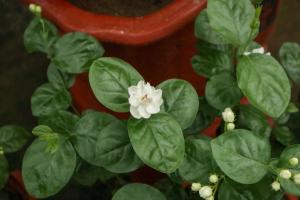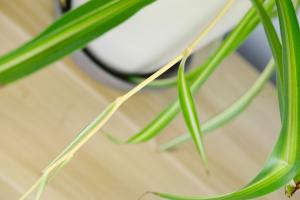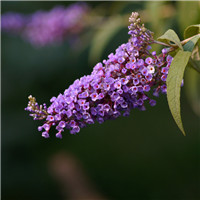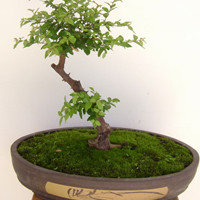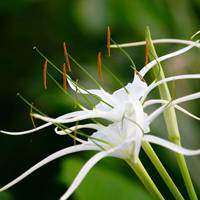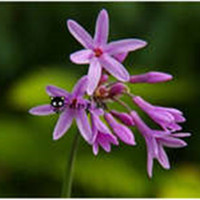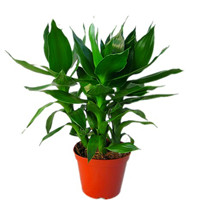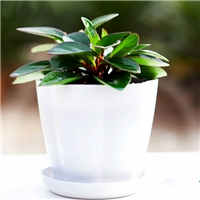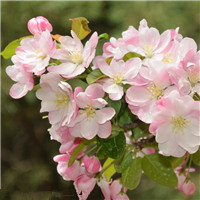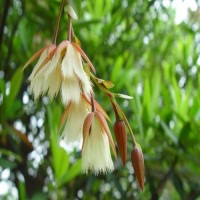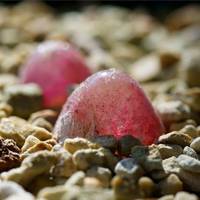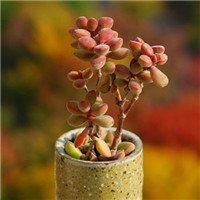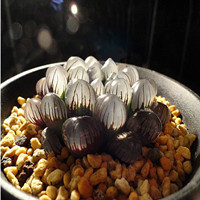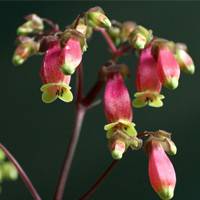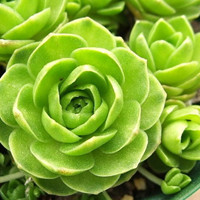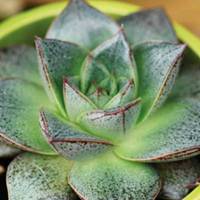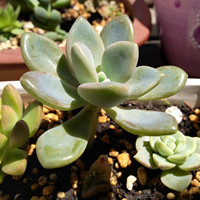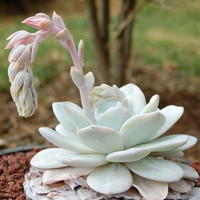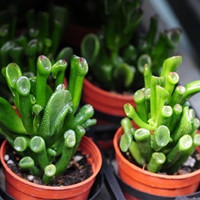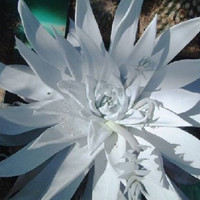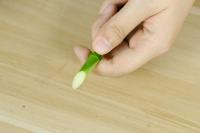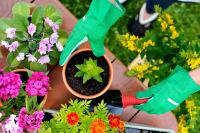How Often to Water Oregano Plant
Oregano is an aromatic and flavorful herb that is used in various culinary dishes. It is a hardy plant that requires minimal care and maintenance, making it an ideal choice for novice gardeners. However, one of the most important aspects of growing oregano is ensuring that the plant receives adequate water. In this article, we will discuss how often to water oregano plant and provide tips on how to optimize its growth and yield.
Understanding Oregano Plant Watering Needs
Like most plants, oregano requires water to grow and thrive. However, it is important to note that overwatering can have adverse effects on the plant's growth and development. Oregano's watering needs will largely depend on various factors such as the climate, soil type, and plant growth stage.
In general, oregano plants require moderate watering. This means that you should avoid watering the plant excessively or allowing the soil to dry out completely. As a rule of thumb, it is recommended to water the plant once a week during the growing season. During the dormant season, you can reduce the watering frequency to once every two weeks.
How to Water Oregano Plant
When it comes to watering oregano, the key is to ensure that the soil is moist but not waterlogged. Overwatering can cause the roots to rot, leading to stunted growth and poor yield. To properly water your oregano plant, follow these simple tips:
Water the plant deeply, ensuring that the soil is moist several inches deep.
Avoid watering the leaves, as this can encourage fungal growth.
Water oregano in the morning or evening when the temperature is cooler to prevent the water from evaporating too quickly.
Use a watering can or a hose with a gentle spray to avoid washing away the soil.
Signs of Overwatering and Underwatering
It is important to monitor your oregano plants for signs of overwatering or underwatering. This will help you adjust your watering schedule and prevent any damage to the plant. Here are some common signs to look out for:
Overwatering:
Yellowing or wilting of the leaves
Mushy or soft roots
Musty or foul odor
Fungal growth on leaves or soil
Underwatering:
Dry or brittle leaves
Stunted growth or slow development
Wilting or drooping of the plant
Signs of stress such as yellowing or browning of the leaves
Conclusion
Oregano is a versatile herb that can be used fresh, dried, or in oil form. To ensure that your oregano plant grows and thrives, it is important to water it correctly. Remember to avoid overwatering, water deeply and infrequently, and check for signs of stress or damage. With proper care and attention, your oregano plant will reward you with tasty and aromatic leaves that can be used in various culinary dishes.

 how many times do yo...
how many times do yo...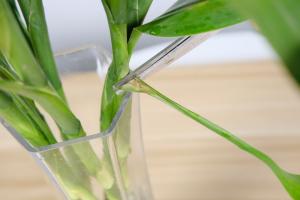 how many planted tre...
how many planted tre...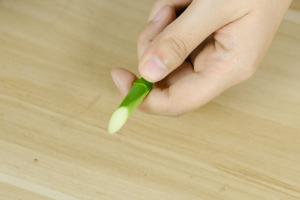 how many pine trees ...
how many pine trees ... how many pecan trees...
how many pecan trees... how many plants comp...
how many plants comp...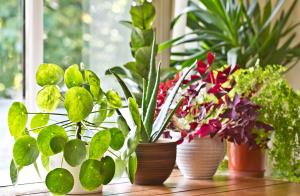 how many plants can ...
how many plants can ...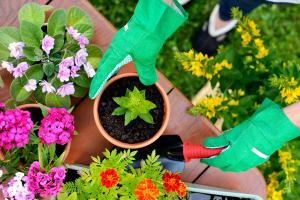 how many plants and ...
how many plants and ...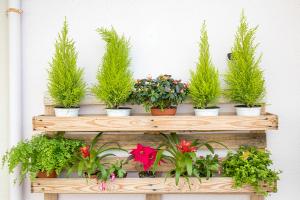 how many pepper plan...
how many pepper plan...

